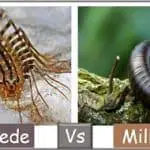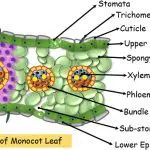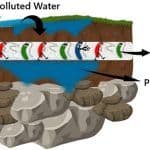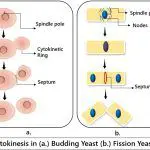Both centipede and millipede belong to the phyla Arthropoda and sub-phyla myriapods. The myriapod is a Greek terminology that means ‘Numerous feet’. And since the centipede is a hundred-legged worm while the millipede is a thousand-legged worm, therefore they fall under this category. The centipedes are flat flexible worms with approx. 100 legs. Their body has 15-100 … [Read more...] about Difference Between Centipede and Millipede
Difference Between Monocot and Dicot Leaves
We divide angiosperms into two main categories that are monocot and dicot. The leaf acts as a location where photosynthesis occurs for both of them. But both of their leaves vary immensely concerning the structure, characteristics and orientation. The monocot leaf on one side is isobilateral in nature. Whereas the dicot leaves are dorsiventral. The monocot leaves are … [Read more...] about Difference Between Monocot and Dicot Leaves
Difference Between Biodegradation and Bioremediation
Both Bioremediation and Biodegradation are microorganism governed processes. They deal with the hazardous chemicals prevailing in our environment. But both of them differ widely based on their functioning and biotreatment potential. Biodegradation is a self occurring process. This process biotransforms the toxins into their simpler non-toxic form by using microorganisms. It … [Read more...] about Difference Between Biodegradation and Bioremediation
Difference Between Innate and Acquired Immunity
Our body comes in contact with millions of disease-causing pathogens throughout the day. But still, we are not ill or infected all the time. The credit for this goes to our immune mechanism i.e., our immunity. We have two sorts of immunity-Innate and Acquired. Both of them are very essential for the healthy survival and well-being of an individual. But they widely differ in … [Read more...] about Difference Between Innate and Acquired Immunity
Difference Between Cytokinesis and Karyokinesis
Cytokinesis and karyokinesis are significant steps in the cell cycle. The term 'Cyto' refers to the cytoplasm, and 'kinesis' refers to the movement. Cytokinesis is the process involving the division of the cytoplasm of a cell. On the other side, the word 'Karyon' means nucleus, and 'kinesis' is movement. Thus, karyokinesis depicts the nuclear division or the segregation of … [Read more...] about Difference Between Cytokinesis and Karyokinesis





